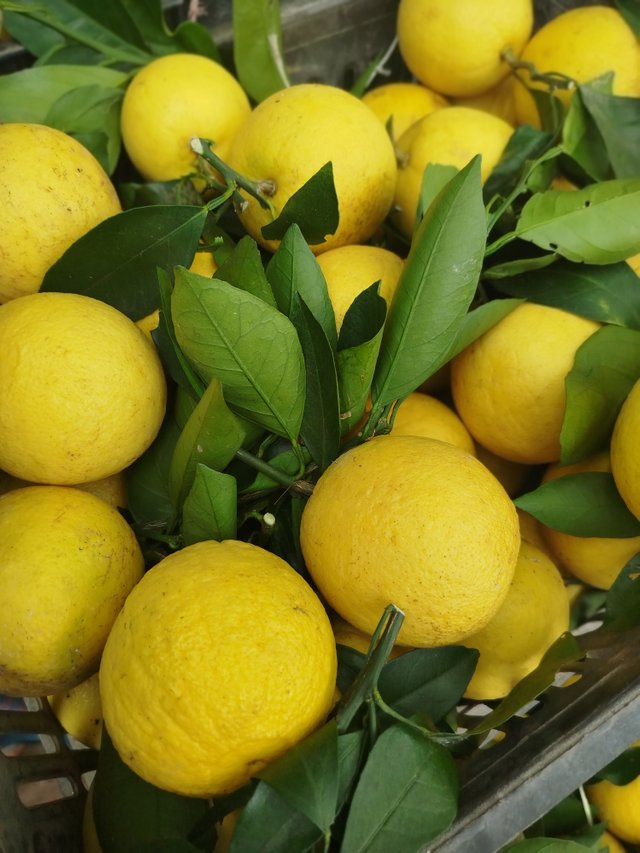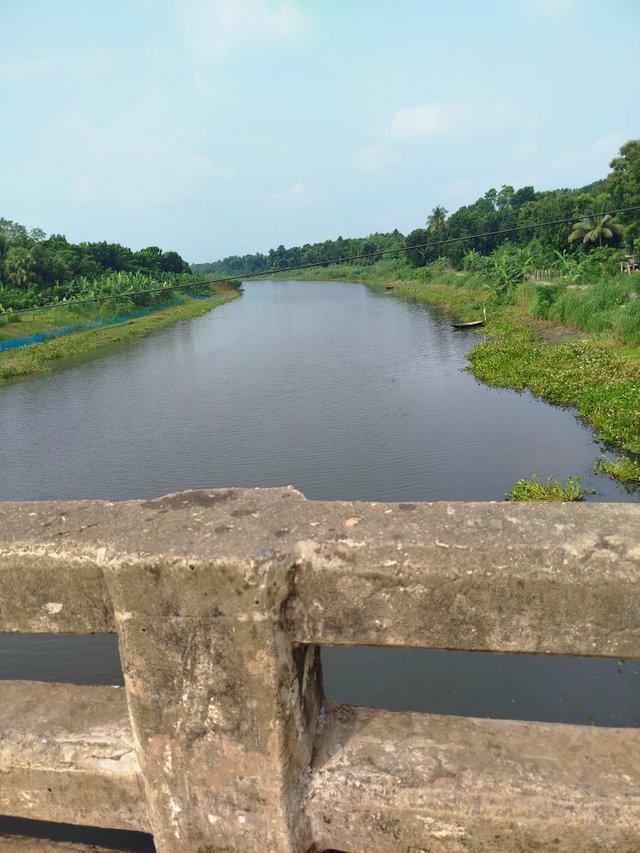Assalamu alaikum
I'm @romzan15 from #bangladesh

Hello friends, today I am here with a new blog, Yellow Desi Malta And a post on the benefits of turmeric desi malta
![1000007884.jpg]
(https://cdn.steemitimages.com/DQmSsDVBdfVAMHeuG1aqxj3NZGSE5Djq9FegByj2SCiXr1H/1000007884.j
pg)Yellow malta
Yellow malta (also known as Golden Malta) has numerous health benefits and is quite popular due to its nutritious properties. As a citrus fruit, it plays a key role in promoting overall health. Here are some of its benefits:
1.Rich in Vitamin C: Yellow malta is an excellent source of vitamin C, which strengthens the immune system and helps prevent colds and flu.
2.High in Antioxidants: The antioxidants in yellow malta protect the body's cells from free radical damage and help slow down the aging process.
3.Supports Heart Health: The flavonoids and other phytonutrients in yellow malta help reduce the risk of heart disease and regulate blood pressure.
4 Improves Digestion: The fiber in yellow malta aids in digestion and helps prevent constipation.
5.Enhances Skin Health: Its vitamin C and antioxidant content promote brighter skin and reduce wrinkles.
6.Aids in Weight Loss: Being low in calories and high in fiber, yellow malta is beneficial for weight management diets.
7 Strengthens Bones: It contains calcium and potassium, which are essential for maintaining healthy bones.
These components make yellow malta a highly beneficial fruit for health.

Kapotaksha river
The Kopotakkho River is a famous river located in the southwestern region of Bangladesh. Its name and history are closely intertwined with the cultural and geographical significance of the area.
Name and Location
The name "Kopotakkho" is derived from two words: "Kopot," meaning dove, and "Akkho," meaning eye. Thus, the name symbolizes the simplicity and serenity, much like the eyes of a dove. The river flows through the districts of Satkhira and Jessore. It originates in West Bengal, India, and traverses various parts of Bangladesh before merging into the Bay of Bengal through the Sundarbans.
Historical Significance
The Kopotakkho River is an ancient river, and for centuries it has been deeply connected to the lifestyle, economy, and culture of the people in the region. Many civilizations flourished along its banks, and it was a crucial medium for communication. In ancient times, people relied on this river for agriculture, trade, and transportation. It was once a wide and prominent river, playing a vital role in the habitat of wildlife.
Literature and Kopotakkho
In Bengali literature, the Kopotakkho River holds a unique place. The renowned poet Michael Madhusudan Dutt immortalized the river in his poem "Kopotakkho Nodi" (The Kopotakkho River), where he expressed his deep love and nostalgia for the river. While living abroad, he fondly remembered this river from his childhood, depicting its beauty and emotional significance in his poetry. He vividly described how the river was an inseparable part of his life.
Present Condition
Today, the Kopotakkho River has lost much of its former glory. Climate change, decreased water flow, and unplanned construction of dams have led to the decline in its navigability. However, it still holds a sentimental value for the people of the region, carrying with it the weight of history.
The Kopotakkho River is notable for its historical, literary, cultural, and environmental importance, serving as a symbol of Bengal's heritage and natural beauty.